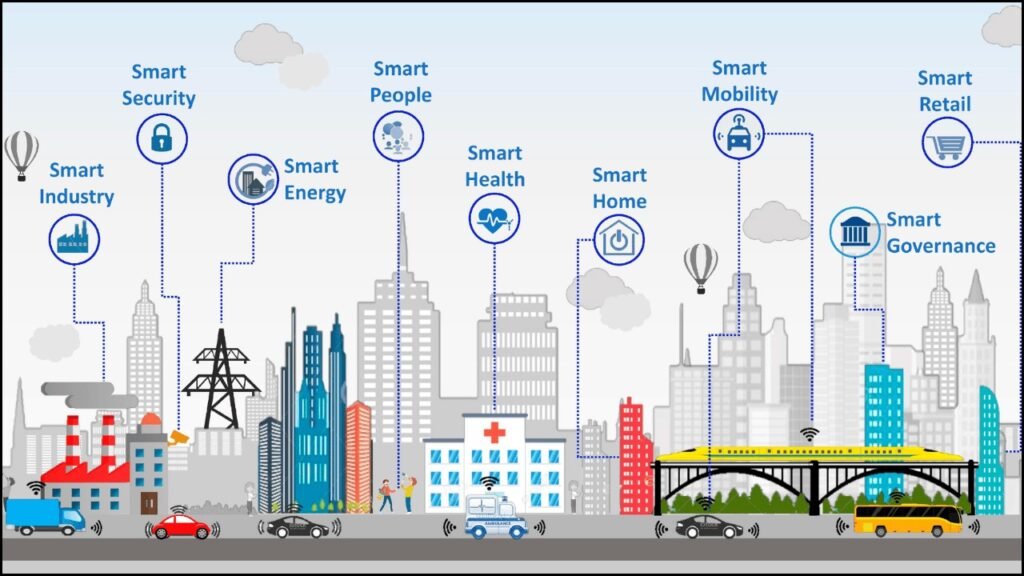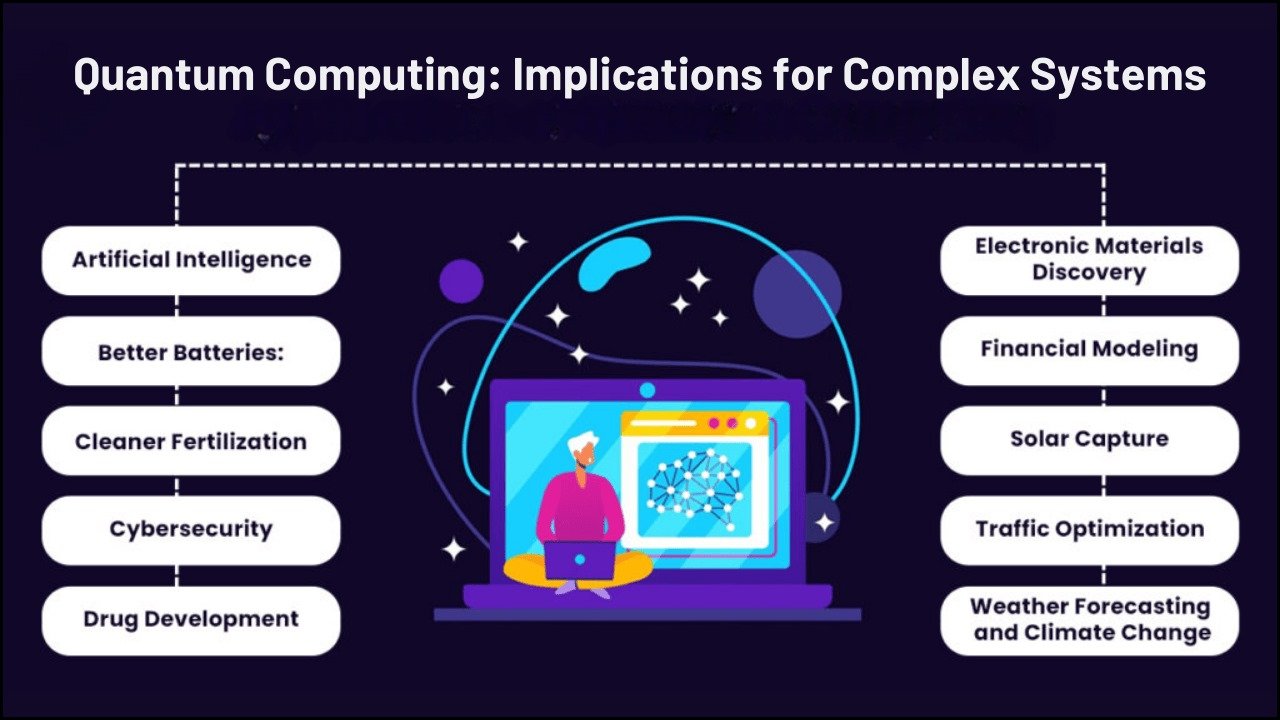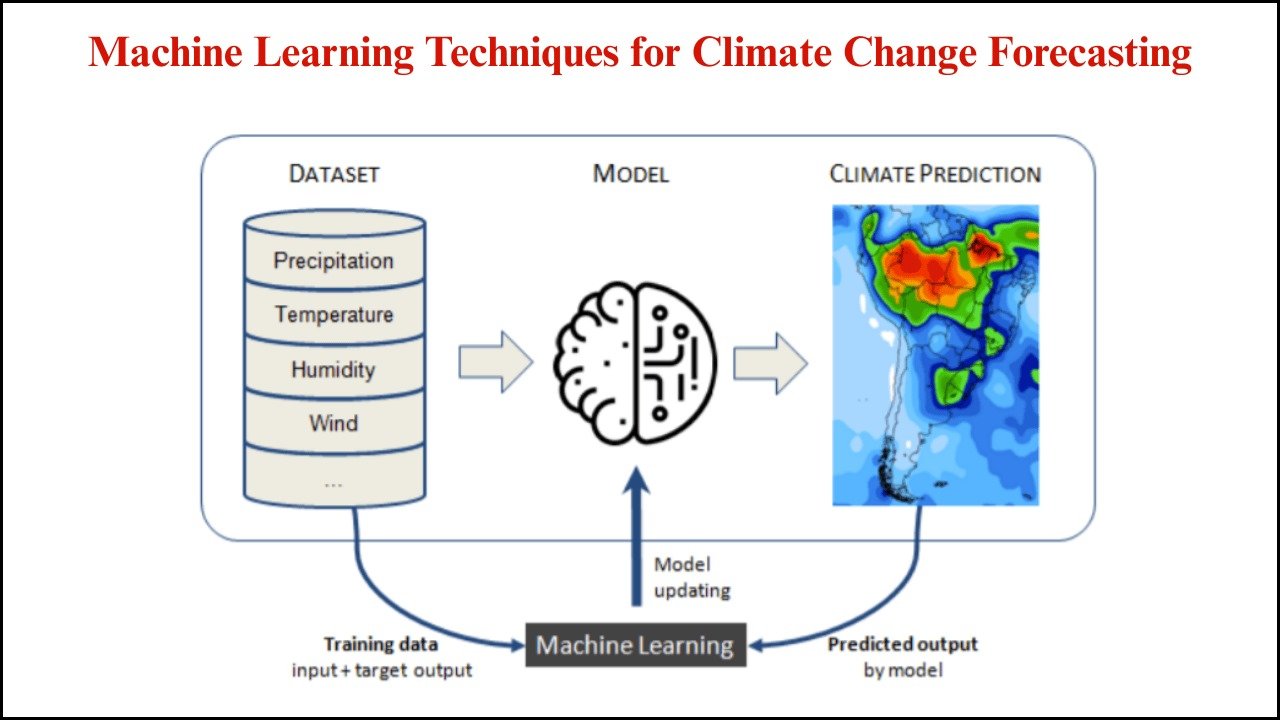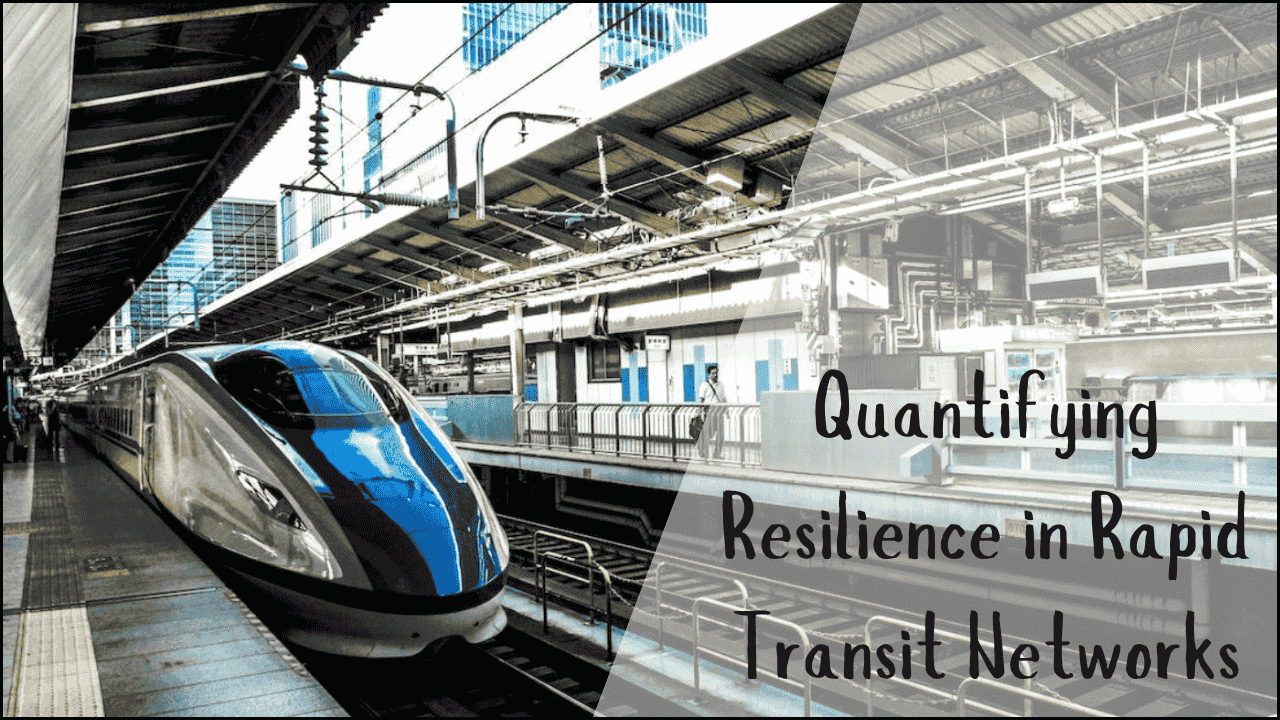
Urban mobility has become a critical focus in modern city planning, as cities face increasing congestion, pollution, and rising transportation demands. Predictive analytics, a branch of data science, offers cities the ability to anticipate challenges, optimize transportation systems, and improve commuter experiences. By leveraging large datasets, machine learning algorithms, and real-time data, urban planners can make informed decisions that enhance efficiency and sustainability.
Table of Contents
What is Predictive Analytics in Urban Mobility?
Predictive analytics refers to the process of using historical and real-time data to forecast future events. In the context of urban mobility, it involves analyzing traffic patterns, public transit usage, ride-sharing trends, and infrastructure conditions to predict congestion, demand fluctuations, and potential disruptions. This foresight allows city authorities and private operators to take proactive measures to minimize delays and optimize resources.
Benefits of Predictive Analytics
1. Traffic Congestion Management
By analyzing traffic flow patterns and historical congestion data, predictive models can identify potential bottlenecks before they occur. Cities can then adjust traffic signals, reroute vehicles, or deploy emergency response teams efficiently.
2. Optimized Public Transit
Predictive analytics can forecast ridership levels, allowing transit agencies to adjust schedules, allocate additional buses or trains during peak times, and improve service reliability.
3. Sustainable Urban Planning
By predicting vehicle emissions and commuter patterns, cities can develop sustainable transportation policies, such as promoting cycling, pedestrian zones, or electric vehicle usage.
4. Enhanced Safety
Analytics can identify high-risk areas prone to accidents or incidents, enabling authorities to implement safety measures, improve signage, or adjust traffic regulations.
Key Data Sources for Predictive Urban Mobility
| Data Source | Purpose | Example Use |
|---|---|---|
| GPS Data from Vehicles | Track movement and congestion | Real-time traffic rerouting |
| Public Transit Records | Forecast passenger load | Adjusting bus and train schedules |
| Ride-sharing Apps | Monitor demand spikes | Dynamic pricing and fleet allocation |
| IoT Sensors | Detect road conditions | Predicting maintenance needs |
| Weather Data | Anticipate weather-related disruptions | Adjusting traffic flow in storms |
Technologies Driving Predictive Urban Mobility
- Machine Learning Algorithms: Analyze complex datasets to uncover patterns and predict future trends.
- Artificial Intelligence: Provides real-time decision-making capabilities for dynamic traffic management.
- Big Data Platforms: Handle massive volumes of structured and unstructured data efficiently.
- Simulation Models: Test hypothetical scenarios to optimize transportation networks without disrupting current operations.
Challenges and Considerations
While predictive analytics offers immense potential, there are challenges that urban planners must consider:
- Data Privacy: Collecting commuter and vehicle data raises privacy concerns that need robust regulations.
- Integration of Systems: Many cities operate fragmented transportation systems, making seamless data integration difficult.
- Resource Limitations: Implementing predictive models requires substantial investment in infrastructure and expertise.
- Model Accuracy: Predictions are only as accurate as the quality of the data and algorithms used.
Future Outlook
The future of urban mobility lies in connected, intelligent transportation systems that use predictive analytics to anticipate and solve problems proactively. Smart cities are already experimenting with AI-powered traffic lights, autonomous public transit, and dynamic routing systems. By embracing predictive analytics, cities can reduce congestion, lower emissions, and enhance the overall quality of life for their residents.
FAQs
Q1: What is the main purpose of predictive analytics in urban mobility?
A1: Its primary purpose is to forecast traffic patterns, optimize transit systems, and improve commuter experiences.
Q2: What types of data are used for predictive urban mobility?
A2: Data from GPS devices, public transit records, ride-sharing apps, IoT sensors, and weather reports are commonly used.
Q3: How can predictive analytics improve public safety?
A3: It identifies high-risk areas and potential accidents, allowing authorities to implement preventive measures.





